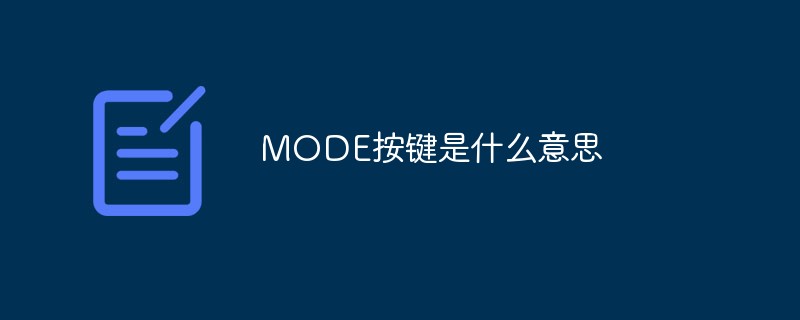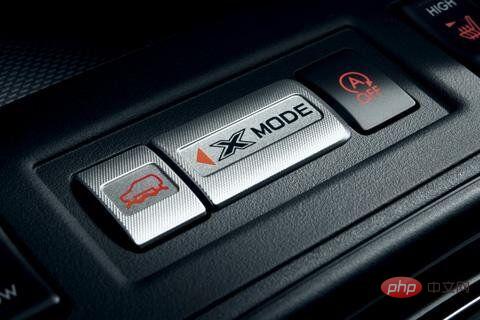Home >Common Problem >What does the MODE button mean?
The mode button means: 1. Mode is a button on the multi-function steering wheel that controls car multimedia switching. It is used to switch between radio FM, radio AM, CD or U disk modes; 2 The mode button is located in the air conditioning control area of the center console and is used to switch the air outlet mode of the car air conditioner.

The operating environment of this tutorial: Windows 7 system, Dell G3 computer.
If the mode is on the multi-function steering wheel, it is basically a button that controls the car's multimedia switching. It is used to switch between radio FM, radio AM, CD or U disk modes.
If the mode button is in the air conditioning control area of the center console, it is used to switch the air outlet mode of the car air conditioner. It is usually switched between the foot blowing, head blowing and blowing block modes.
Mode translates as mode or direction, and the mode button is commonly found in multi-function steering wheels and center consoles.

Extended information:
Basic car steering wheel and center console buttons:
The first is the steering wheel, Generally speaking, the left and right sides of the multifunctional steering wheel will integrate audio controls and dashboard information center controls, and some configurations will also be placed on the steering wheel.
Behind the steering wheel, car lighting control and wiper control will be integrated on the levers respectively, and some models will also have adaptive cruise control.
The car center console should be the area with the most buttons inside the car. Generally speaking, it integrates air conditioning control and multimedia control. Some high-end models will use LCD touch screens to replace these buttons.
Some high-end models will also have seat heating and ventilation functions to make the ride more comfortable.
For more computer-related knowledge, please visit the FAQ column!
The above is the detailed content of What does the MODE button mean?. For more information, please follow other related articles on the PHP Chinese website!